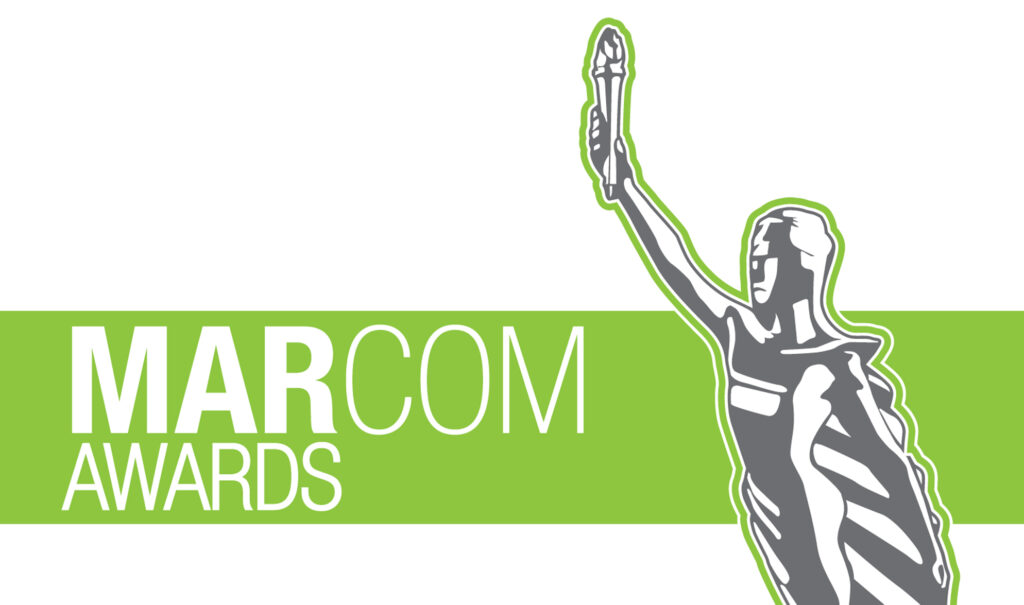News & Media
We never stop seeing new ways to improve. Runnymede’s communications department fosters a two-way exchange of information and feedback between the hospital and its various stakeholders, including staff, volunteers, patients, community partners and peer organizations. This information is used to support ongoing quality improvement and transparency which are central to our strategic directions of operational excellence, growth and relationships.
Visit the newsroom to browse announcements and media coverage.
For media relations inquiries, please contact communications@runnymedehc.ca









